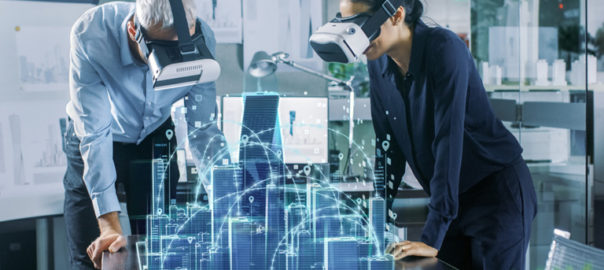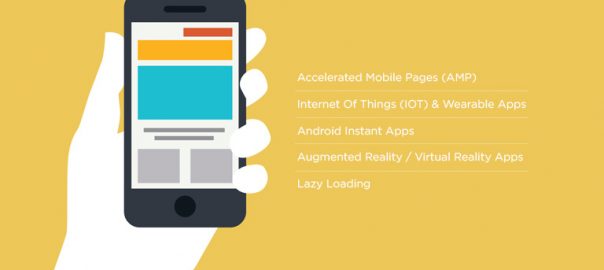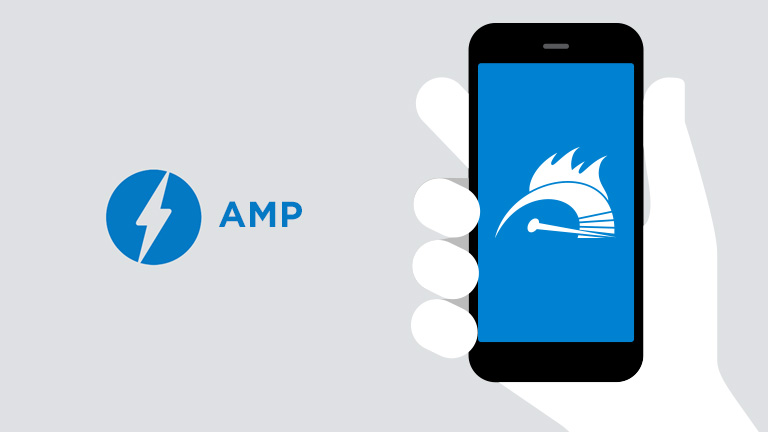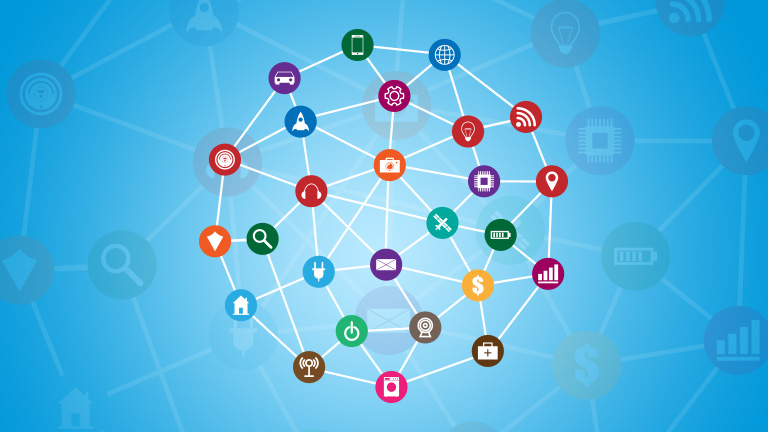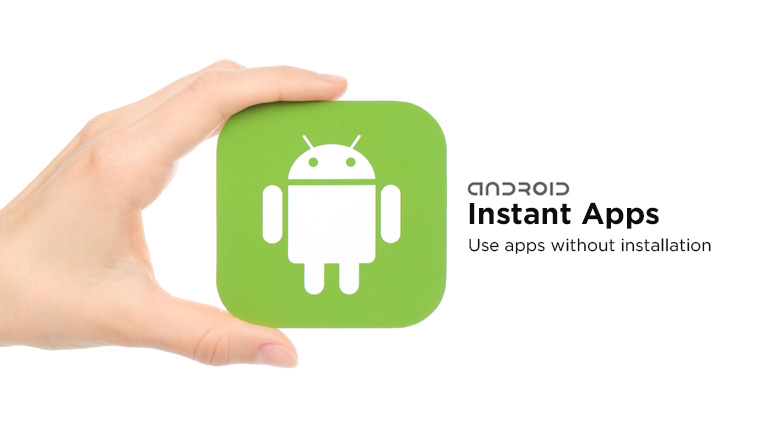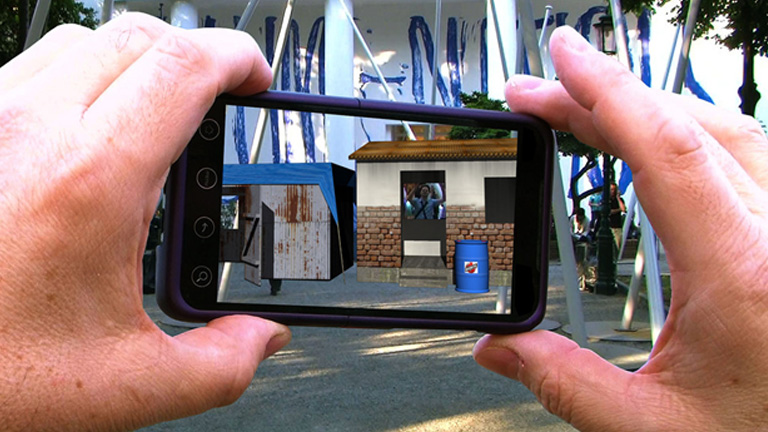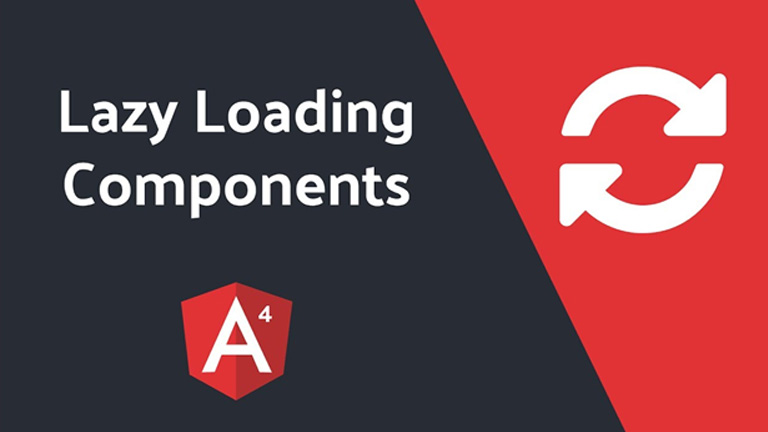Let’s get back to reality. We sure would have heard this term one or more times in our lives. As humans, we once in a while try to break out of the shell of reality and try to fly into the unrealistic world. That’s really been the foundation of the growing, trending virtual reality. For designers, the arrival of virtual reality poses some unique challenges, as there is really no set rules to design for VR. That said, this leaves room for innovation and new possibilities for greatness.
VR Design
VR design is the creation of a simulated world, which people can experience and immerse themselves in, using hardware, like headsets, or even a software. The origins of VR goes back decades, however, it has become a sensation only in the last decade or so. It has been previously used for practical applications like NASA flight simulations and even for entertainment purposes, but today, it has become more achievable and profitable than ever. Recent tech advances in VR suggest it will eventually spread out across all industries.
Virtual reality’s application range from physical therapy to educational aids, cancer research, employee training, remote communication, image modeling for architects and a lot more. Design gurus of the world suggest that VR will play a transformational role in the world of web designing by contributing to the creation of more immersive websites. It will potentially change the way we browse the web.
How To Design ‘Reality’?
If we draw a comparison, VR design is closest to video game design, or we can safely say that both of them are almost the same. Web designers will see some familiarity in interactivity and specifics of the UX, but visually, it is one level above video game designing. There’s a lot of unique visual problems in virtual reality design, like changing depths, recognizable cues, and including functional controls within the environment. So how do you design for virtual reality? We have compiled a list of best practices that will get you started with designing for the VR, if you’re planning to master the art.
Interactivity
The top priority for interactivity is controls. There are no different buttons for different actions in VR design. Most of the controls must be gestures. Primarily, there are two types of controls – semantic and responsive. Semantic gestures are common movements like walking, nodding etc. On the other hand, responsive gestures are how we interact with our environment, like picking things up, pushing buttons, etc.
The key here is that the fewer controls your user has to learn, the easier it will be for them to immerse themselves. The main objective is to duplicate reality so try to rely on as many natural gestures as possible. Another challenge is to make users understand what they can interact with, and how. Proper and prompt cues based on the real world must be offered for this. Acknowledgement and constant feedback are also necessary so that the users know once an action has been completed.
Designers need to be very careful about the distance while designing for VR. You don’t want your user to look back and forth between something close and something far away, which leads to a shift in focus. In VR, asking your users to browse items both near and far would cause too much eye strain.
Visual and Audio
Remember, our own sight is curved. Therefore, one should always use concave text and images in the VR design. This lends itself better to the visual immersion and will look smoother when the user turns their head. VR still relies on a 2D display model rather than three-dimensions, like in real life. Showcasing spatial relations is particularly very challenging in VR. Techniques like isometrics, lighting and shadows can help create realistic 3D spaces.
As far as the audio is concerned, speakers are best for audio immersion as you can change the direction the sound comes from; headphones limit this advantage. It’s best to design for speakers to create the most realistic audio possible.
Human Designing
Ultimately, we are designing for humans, and it is important to note that we humans don’t move in straight lines; we move in arcs. VR design’s body movements must resemble real life. Talking about movement, the excessive head movement gives some users motion sickness; we don’t want that to happen for sure. It’s best to keep interactive elements between desk height and eye level, commonly known as the ‘Goldilocks’ zone.
All the VR designs must include hand movements. When the user can see their hands in the virtual environment, it’s easier to interact with objects. This may require creative problem-solving, but sometimes it’s just as simple as having them carry around an object.
VR’s success completely depends on designers. It’s more about the length of designers’ imagination and less about the technical aspects. Yes, being an uncharted territory it’s difficult to get started, but that creates a chance of endless opportunities. The aforementioned information will surely be sufficient to guide you towards the right path; if you want to discuss more on VR design, feel free to get in touch with our experts.


